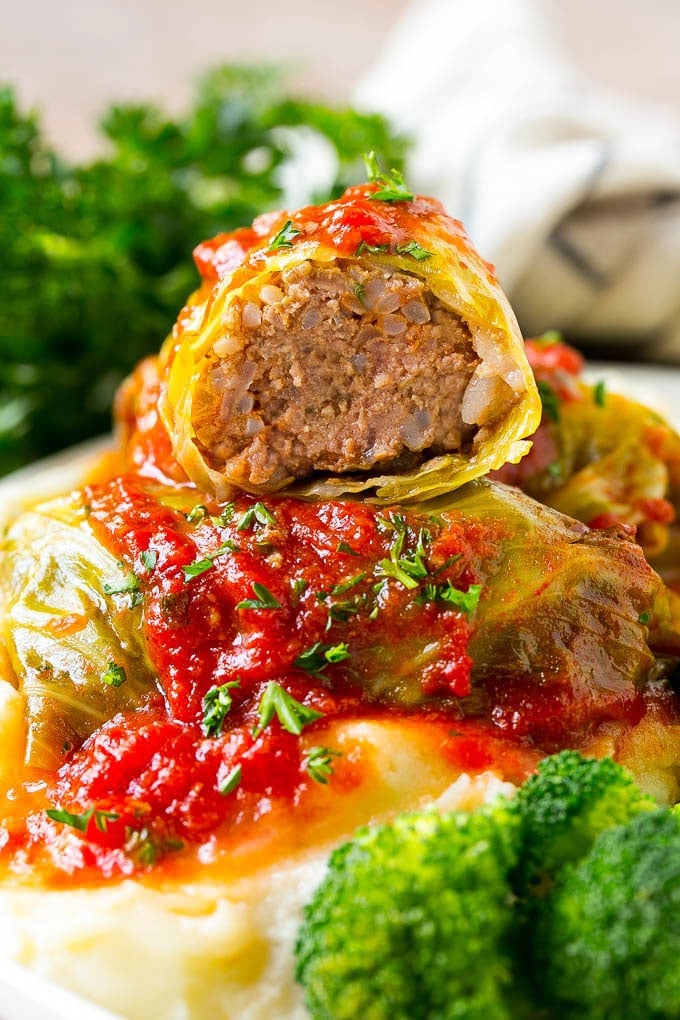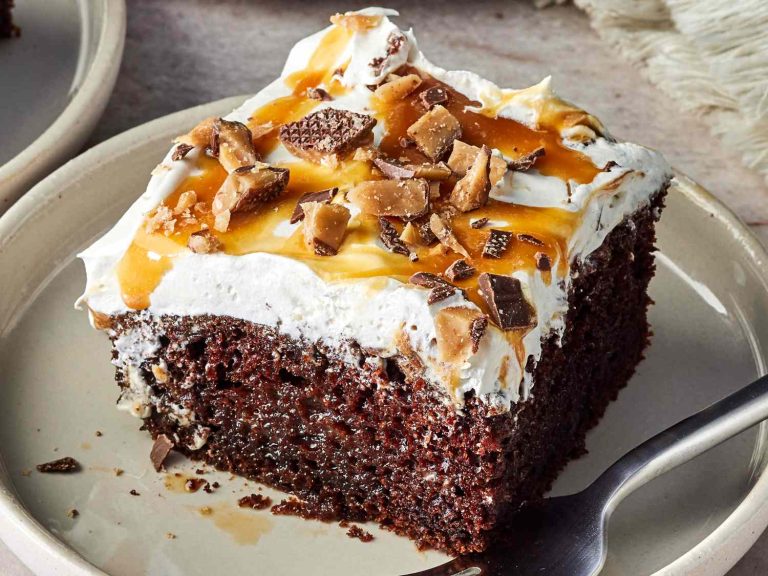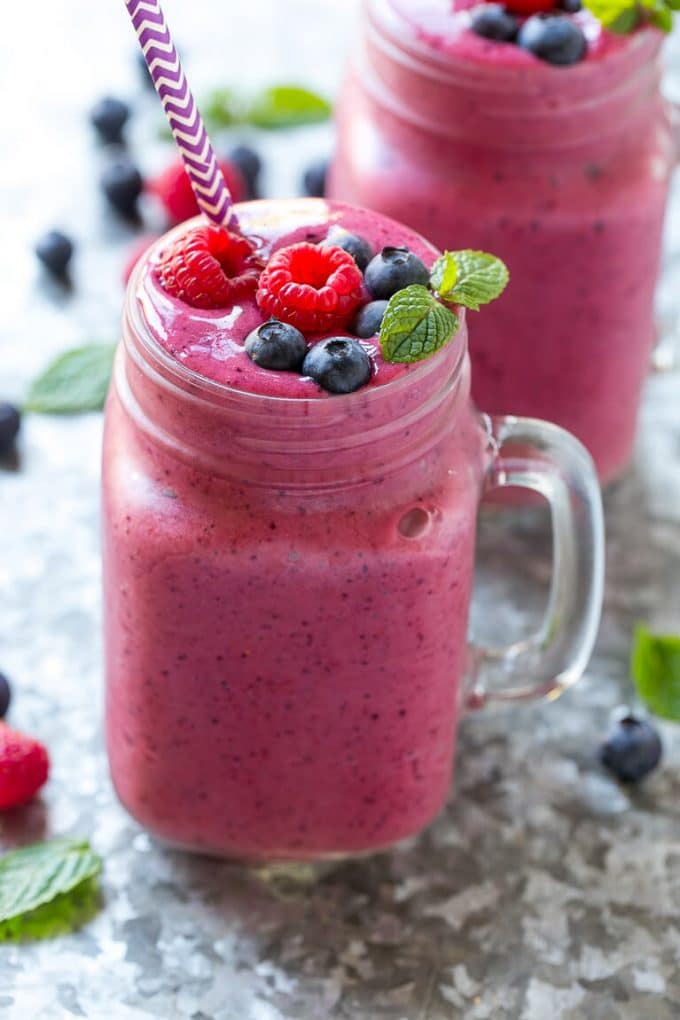Scotch Bonnet Hot Sauce: Origins, Recipes, Health Benefits, and Culinary Uses
Scotch Bonnet peppers, known for their distinctive shape and vibrant color, hail from the Caribbean. They are a type of chili pepper commonly found in Jamaica and neighboring islands. These peppers have a high Scoville Heat Unit (SHU) rating, ranging from 100,000 to 350,000. They share ancestry with the Habanero pepper, contributing both heat and a fruity flavor profile. Originating centuries ago, the Scotch Bonnet pepper has become a staple in Caribbean hot sauces, showcasing the region’s rich agricultural diversity.
Cultural Significance in Caribbean Cuisine
Scotch Bonnet peppers play an integral role in Caribbean cuisine, appearing in traditional dishes like jerk chicken, pepper sauce, and stews. The pepper is celebrated not just for its spiciness but also for its ability to enhance the flavors of local ingredients. Marley Coffee, for instance, incorporates Scotch Bonnet peppers into some of its offerings to pay homage to the island’s culinary heritage. Cultural festivals and gatherings often feature Scotch Bonnet hot sauce, highlighting its importance in communal and celebratory cooking. This pepper symbolizes Caribbean resilience and creativity, making it a proud emblem of regional identity.
Key Ingredients and Flavor Profile
What Makes Scotch Bonnet Peppers Unique
Scotch Bonnet peppers contribute a distinctive fruity flavor and intense heat to hot sauce. Unlike other chili peppers, these peppers have a unique blend of sweetness and heat. Rated between 100,000 to 350,000 on the Scoville Heat Unit (SHU) scale, they pack a powerful punch. Their vibrant red, orange, and yellow hues not only add visual appeal but also indicate their ripeness and flavor intensity. Their rich aroma and slightly tangy taste make them a standout ingredient in Caribbean cuisine. The high capsaicin content in Scotch Bonnet peppers activates receptors in your taste buds, delivering a fiery experience that lingers.
Additional Ingredients in Hot Sauce Recipes
Scotch Bonnet hot sauce recipes include other key ingredients to balance the heat and enhance the flavor. Common ingredients:
- Vinegar: Adds tanginess and acts as a preservative.
- Garlic: Provides a savory depth.
- Onions: Imparts sweetness and texture.
- Fruit: Mangoes and pineapples enhance the fruity profile.
- Spices: Cumin and allspice add complexity.
- Salt: Balances flavors and draws out moisture.
Combining these ingredients creates a sauce that’s both fiery and nuanced, perfect for elevating dishes like marinades and stews.
Crafting Your Own Scotch Bonnet Hot Sauce
Essential Tools and Ingredients
To craft your own Scotch Bonnet hot sauce, gather fundamental tools and ingredients. You’ll need a blender, a knife, and clean jars for storing. Consider a pair of gloves to protect your hands from capsaicin.
Ingredients:
- Scotch Bonnet Peppers (fresh, deseeded if you prefer less heat)
- Vinegar (white or apple cider for tanginess)
- Garlic (cloves, peeled and crushed)
- Onions (chopped finely)
- Fruits (mangoes or pineapples for sweetness)
- Spices (cumin and allspice for complexity)
- Salt (for balance)
Step-by-Step Recipe Guide
Follow these steps to make a flavorful Scotch Bonnet hot sauce.
- Prepare Your Ingredients: Wear gloves to handle Scotch Bonnet peppers. Rinse and deseed the peppers, and chop the onions, garlic, and fruits.
- Blend the Mixture: In a blender, combine the chopped Scotch Bonnet peppers, onions, garlic, fruits, and vinegar. Blend until you achieve a smooth consistency.
- Add Spices and Salt: Incorporate spices like cumin and allspice, and blend again. Add salt according to your taste preference.
- Cook the Sauce: Transfer the blended mixture to a pot. Simmer over medium heat for approximately 20 minutes, stirring occasionally.
- Cool and Store: Allow the sauce to cool. Pour it into clean jars and seal tightly. Store in the refrigerator for up to three months.
These steps help you create a rich, spicy condiment that highlights the unique flavors of Scotch Bonnet peppers. Adjusting ingredient quantities allows customization to match your desired heat and flavor profile.
Comparing Scotch Bonnet Hot Sauce to Other Hot Sauces
Heat Level and Flavor Differences
Scotch Bonnet hot sauce stands out for its distinct heat and fruity flavor. The Scoville scale measures the heat level, with Scotch Bonnet peppers ranging from 100,000 to 350,000 Scoville Heat Units (SHU). This puts them in the same category as habanero peppers, which also have a fruity undertone. However, Scotch Bonnet’s taste often includes tropical fruit notes, making it a unique addition to hot sauces.
In contrast, jalapeño-based sauces typically measure between 2,500 and 8,000 SHU, offering a milder heat with a bright, grassy flavor. Cayenne pepper sauces, like Tabasco, range from 30,000 to 50,000 SHU and provide a sharp, tangy heat. Ghost pepper sauces easily exceed 1,000,000 SHU with intense heat and a somewhat smoky flavor.
Popular Brands and Their Unique Features
Several brands have capitalized on the unique flavor and heat of Scotch Bonnet hot sauces. One notable example is Grace Scotch Bonnet Pepper Sauce, known for its balanced blend of heat and sweetness. It incorporates cane sugar and varied spices, catering to both heat-seekers and flavor enthusiasts.
Another popular brand, Marie Sharp’s, offers a Scotch Bonnet Sauce featuring fresh carrots and onions. This combination enhances the sauce’s natural sweetness and adds a slightly earthy undertone. Matouk’s Calypso Sauce, infused with mustard, provides an extra tangy and spicy kick.
In comparison, Cholula Hot Sauce, a popular jalapeño-based option, offers a milder heat with a pleasant tang, thanks to its mix of piquín and arbol peppers. Frank’s RedHot Cayenne Pepper Sauce, another household name, is famous for its tangy flavor and moderate heat.
| Hot Sauce Type | Example Brand | Scoville Heat Range (SHU) | Unique Features |
|---|---|---|---|
| Scotch Bonnet | Grace | 100,000 – 350,000 | Fruity, sweet, tropical |
| Habanero | Marie Sharp’s | 100,000 – 350,000 | Fresh carrots, onions |
| Jalapeño | Cholula | 2,500 – 8,000 | Mild heat, tangy |
| Cayenne | Frank’s RedHot | 30,000 – 50,000 | Tangy, moderate heat |
| Ghost Pepper | Various | 1,000,000+ | Intense heat, smoky |
This comparison highlights how Scotch Bonnet hot sauce brings a distinctive blend of heat and fruitiness, setting it apart in the diverse landscape of hot sauces.
Health Benefits and Culinary Uses
Nutritional Value of Scotch Bonnet Peppers
Scotch Bonnet peppers offer significant nutritional benefits. They contain high levels of Vitamin C, which supports your immune system and skin health. A 45-gram serving of these peppers provides about 108% of the daily recommended Vitamin C intake. These peppers also include Vitamin A, which is vital for vision and immune function. They contain capsaicin, the compound responsible for their heat, which has anti-inflammatory and pain-relief properties. Additionally, they provide dietary fiber, promoting digestive health.
Versatile Uses in Cooking
Scotch Bonnet hot sauce excels in culinary versatility. You can add it to marinades for meats to enhance flavor with a spicy kick. It’s ideal for Caribbean cuisine, like jerk chicken, goat curry, and ceviche. Incorporate it into soups and stews to elevate the heat without overwhelming other flavors. Use it as a condiment for grilled vegetables for added zest or mix it into salad dressings for a unique twist. Its fruity undertones blend well with tropical fruits like mango and pineapple, making it great for salsas and chutneys.
Conclusion
Scotch Bonnet hot sauce isn’t just about heat; it’s a celebration of Caribbean flavors and traditions. With its vibrant mix of fruity and spicy notes, it enhances a wide range of dishes from marinades to salsas. Its rich nutritional profile, packed with vitamins and capsaicin, adds a healthful twist to your meals. Whether you’re making your own or choosing a popular brand, incorporating Scotch Bonnet hot sauce into your culinary repertoire promises to elevate your cooking experience. Enjoy the fiery yet flavorful journey that this unique hot sauce offers.






